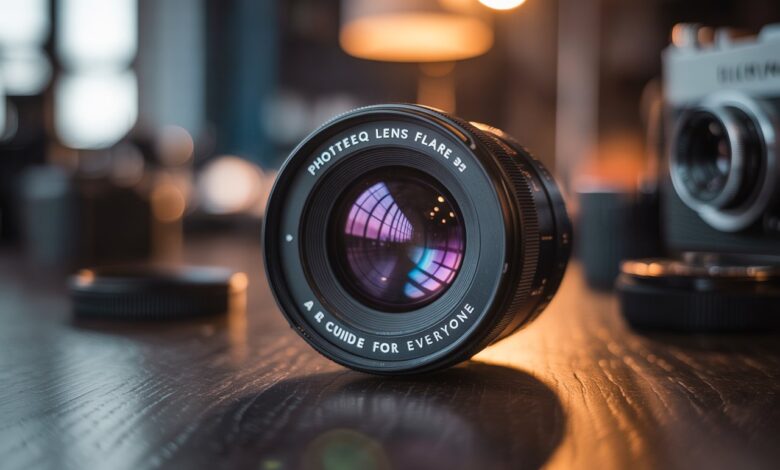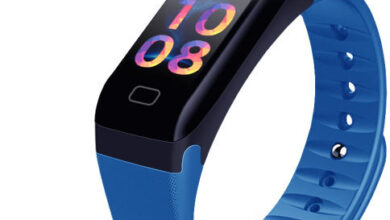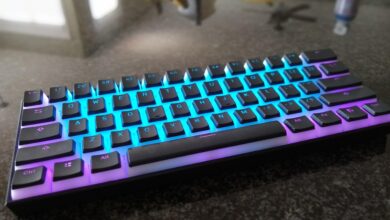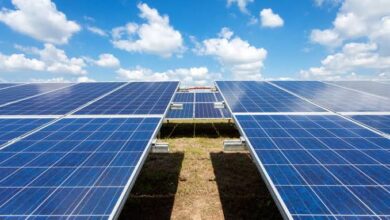Understanding Photeeq Lens Flare: A Complete Guide

Photeeq lens flare is a visual effect that adds light streaks, halos, and glowing artifacts to images, mimicking the natural optical phenomenon caused when bright light enters a camera lens. In photography and image editing, lens flare can either be an accidental distraction or an intentional creative enhancement. Photeeq, known as a popular photo editing plugin and software enhancement tool, offers specialized lens flare effects that allow photographers, designers, and editors to create professional, cinematic visuals with ease. Understanding how photeeq lens flare works, its benefits, and the correct way to apply it is crucial for achieving optimal results in visual projects.
What Is Photeeq?
Photeeq is an advanced photo editing plugin originally developed for Adobe Photoshop and other editing platforms. It is designed to enhance image sharpness, color grading, and visual effects. Among its features, the lens flare effect stands out as one of the most popular tools because it can instantly transform the mood of a photograph. Unlike traditional lens flares captured in-camera, photeeq lens flare is digitally created, giving users more control over size, color, brightness, and positioning. This makes it particularly valuable for designers who want to simulate realistic lighting conditions without reshooting or relying on physical camera setups.
The Science Behind Lens Flare
To understand the effectiveness of photeeq lens flare, it helps to know how lens flare occurs in real-world photography. Lens flare happens when strong light sources, such as the sun or artificial spotlights, hit a camera lens at certain angles. The light bounces internally between the glass elements, creating reflections and streaks of light. The result can include rings, orbs, and star-shaped bursts. In digital design, photeeq lens flare replicates this phenomenon using algorithms that mimic light scattering and refraction. This not only produces a realistic appearance but also allows for precise customization—something that is not always possible in physical photography.
Benefits of Using Photeeq Lens Flare in Editing
The photeeq lens flare effect can dramatically improve the visual appeal of an image when applied correctly. One of the primary benefits is the ability to add drama and cinematic depth to photographs. For example, a simple portrait can become more dynamic with a soft, warm lens flare that suggests sunlight filtering through the background. Additionally, photeeq lens flare can help draw viewers’ attention to a focal point in the image. By strategically placing the flare near the subject, editors can guide the viewer’s eyes naturally toward important areas. Moreover, because the effect is applied digitally, there is no risk of degrading the original image quality, and the results can be fine-tuned endlessly.
Different Types of Photeeq Lens Flares
Photeeq offers a variety of lens flare styles, each suited for different creative needs. Circular lens flares mimic the look of camera apertures and work well for sunset or backlit scenes. Anamorphic flares create long, horizontal streaks often seen in cinematic movies, especially in science fiction and action genres. Starburst flares are bright, radiating effects that work well for adding sparkle to night photography or festive imagery. By offering a wide range of customizable presets, photeeq allows users to blend lens flares seamlessly into both natural and highly stylized compositions.
How to Apply Photeeq Lens Flare Effect Correctly
While photeeq lens flare is powerful, using it improperly can make an image look artificial or distracting. The key is subtlety and context. First, consider the light direction in your image—placing a lens flare opposite to the actual light source will look unnatural. Second, adjust the opacity so the flare complements rather than overpowers the scene. Third, ensure that the color temperature of the lens flare matches the overall tone of the image; a cool blue flare may work for night scenes, while warm golden flares are ideal for daylight shots. Lastly, avoid adding too many flares in one image, as this can clutter the composition.
Common Mistakes When Using Photeeq Lens Flare
Overusing the effect is the most common mistake. A lens flare should enhance, not dominate, the image. Another error is mismatched lighting—if the scene’s lighting is soft and diffused, a sharp, bright flare will appear out of place. Additionally, ignoring perspective can make the flare look fake. The size and angle of the flare should align with the camera’s point of view in the photograph. Finally, applying lens flare to areas where there is no visible light source will confuse the viewer and reduce the image’s realism.
Creative Uses of Photeeq Lens Flare
Beyond traditional photography, photeeq lens flare is widely used in graphic design, video production, advertising, and social media content. In advertising, it can create an energetic, aspirational feel that draws consumer attention. In social media, influencers and content creators use subtle flares to give their posts a professional, high-quality aesthetic. For video production, photeeq can add lens flare effects to specific frames, enhancing storytelling by matching the emotional tone of the scene. Creative professionals also use the effect in product photography to make items appear more glamorous and visually striking.
Technical Customization in Photeeq Lens Flare
Photeeq allows for extensive customization of lens flare elements. Users can adjust parameters like brightness, size, spread, hue, opacity, and blend mode. This flexibility ensures that the lens flare can be tailored precisely to each project’s needs. For example, increasing the spread can give the impression of a more diffused light source, while adjusting the hue can make the flare match sunset or neon lighting. Advanced users can even layer multiple flares together for a complex lighting effect, giving more depth and dimension to the final image.
Photeeq Lens Flare in Professional Workflows
In professional photography and post-production, photeeq lens flare is often integrated into a larger editing workflow that includes color grading, exposure adjustments, and retouching. This ensures that the flare looks natural within the image’s final tone and mood. For commercial photographers, adding photeeq lens flare can be part of brand-specific editing styles—helping maintain visual consistency across campaigns. In cinematic projects, editors may use lens flare effects as part of visual storytelling, creating mood transitions between scenes.
SEO and Social Media Advantages of Using Photeeq Lens Flare
From a marketing perspective, images enhanced with photeeq lens flare tend to perform better on platforms like Instagram, Pinterest, and Facebook. High-quality visuals with artistic flares stand out in crowded feeds, increasing engagement and shareability. When used in SEO-rich image galleries on websites, such visuals can also improve search rankings in image search results. Since Google’s algorithms prioritize engaging, high-quality imagery, professional-looking photos with photeeq lens flare can indirectly boost overall content visibility.
Conclusion: Mastering the Photeeq Lens Flare Effect
Photeeq lens flare is far more than a decorative filter—it is a versatile, professional-grade visual enhancement tool. When applied with skill and intention, it can transform ordinary images into captivating works of art that resonate with audiences. By understanding the science behind lens flare, selecting the right style, and applying it in harmony with the image’s lighting and mood, editors can achieve powerful, realistic results. Whether you are a professional photographer, a digital artist, or a social media creator, mastering photeeq lens flare can elevate your visual content and help it stand out in today’s competitive digital landscape.



